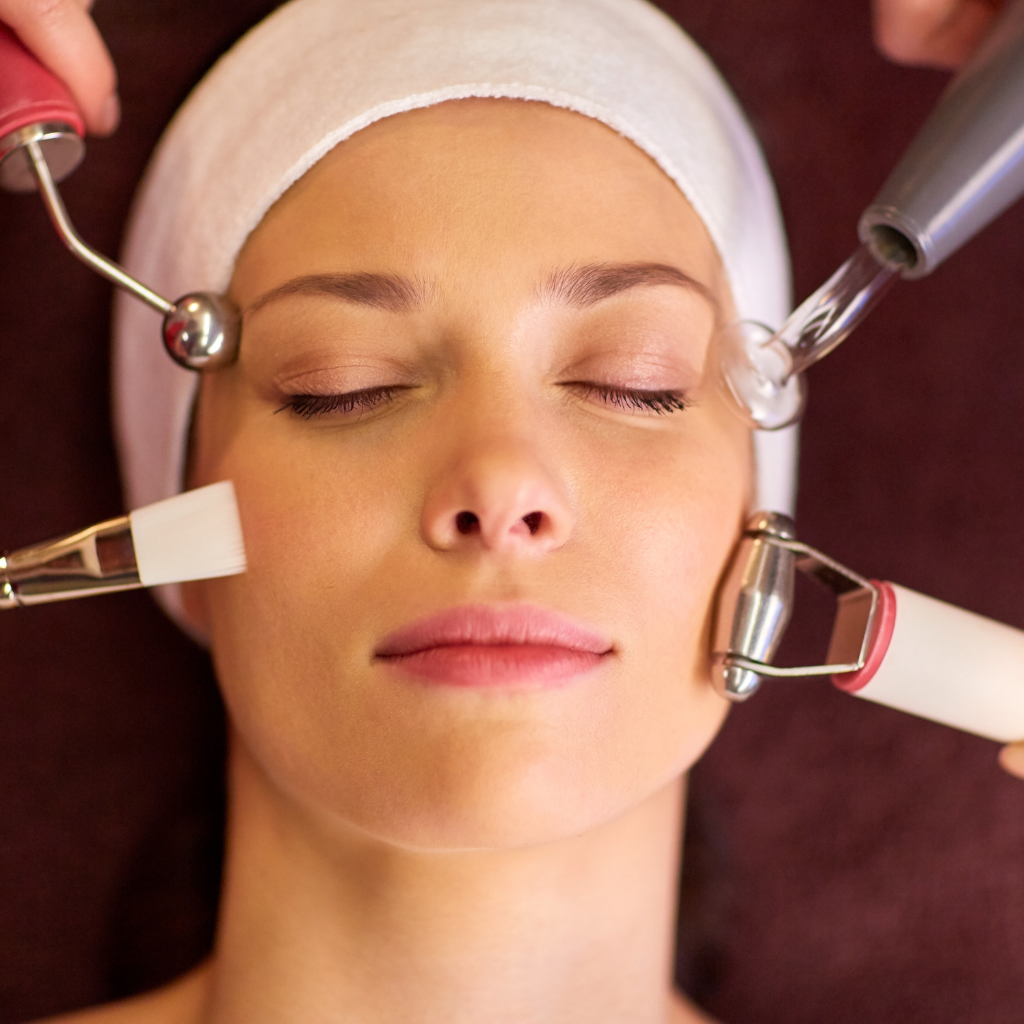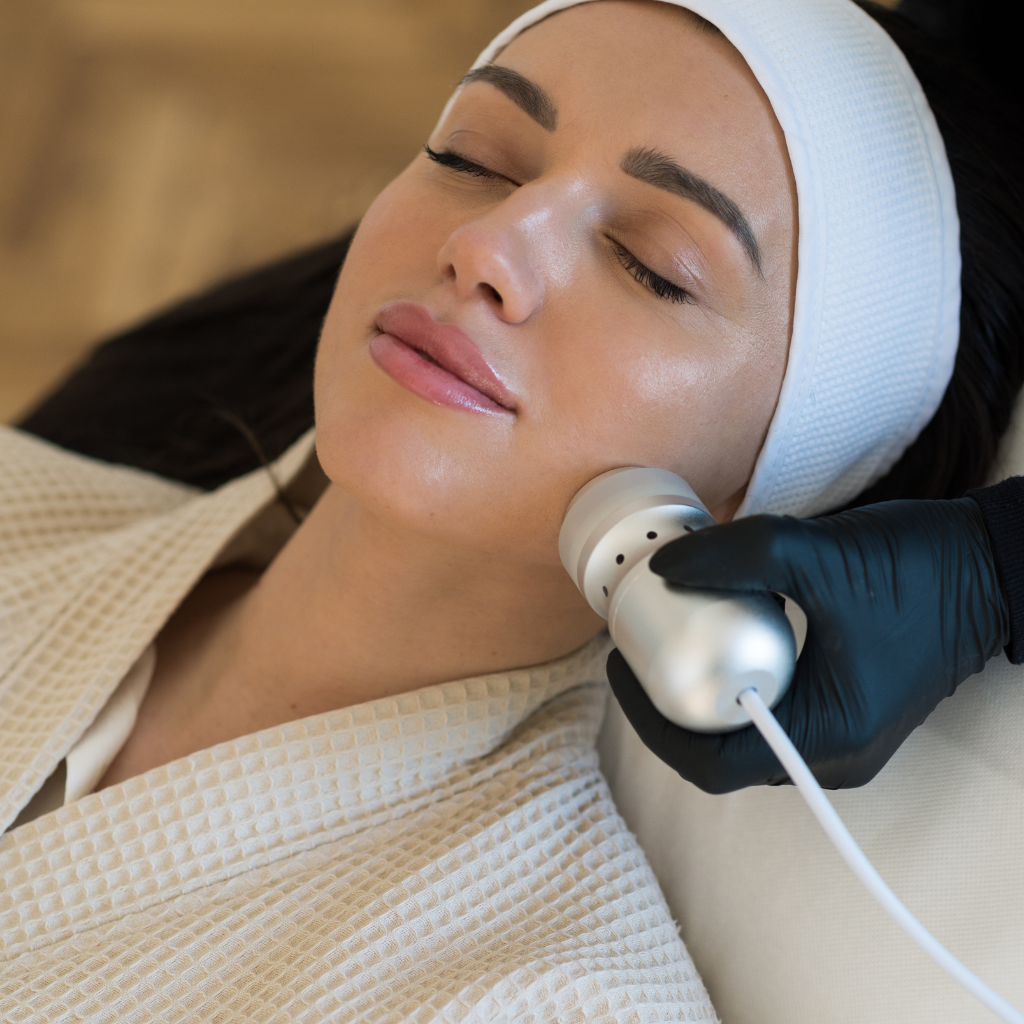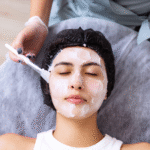Chemical Peel vs Hydrafacial: The Go-To Skin Treatment Guide
- Home
- skin-rejuvenation
- chemical peel vs hydrafacial

Healthy skin can brighten your entire appearance and boost how you feel each day. However deciding on a perfect facial treatment can get confusing. Some people like the deep exfoliation of chemical peels. Others love the soothing, instant glow from a Hydrafacial. This introduction aims to clarify both approaches.
Chemical Peels Work Wonders on Skin Concerns
Many folks struggle with uneven tone, sun spots, and rough skin concerns. Chemical peels work by removing damaged layers so smoother, brighter skin appears. Depending on the peel’s depth, you can tackle anything from mild dullness to deeper lines. Recovery varies, but the potential payoff often justifies the wait.
What Is a Chemical Peel Treatment?
A chemical peel treatment involves applying specific solutions like glycolic, lactic, or trichloroacetic acid. These solutions help loosen dead cells on the skin’s surface. As the peel is neutralized, older cells are lifted away. This encourages fresh cellular activity. Peels come in light, medium, or deep strengths, adjusted based on your unique goals.
Peel Type | Depth | Main Benefit |
Light Peel | Surface Level | Brightens mild discoloration |
Medium Peel | Mid Dermis | Targets wrinkles, acne scars |
Deep Peel | Lower Dermis | Addresses severe texture issues |
Different Strengths of Chemical Peels
- Light or superficial peels usually use alpha hydroxy acids.
- Medium peels often employ stronger acids like TCA.
- Deep peels may rely on phenol, which requires more downtime.
Each type can handle different skin concerns. Lighter peels are often repeated. Deeper ones might give longer-lasting results but involve a more intense recovery process.

Safety Tips for Chemical Peels
Understand your skin’s tolerance before booking a strong peel. Patch tests help if you’re uncertain. Follow your specialist’s guidelines on pre-peel skincare, like avoiding strong scrubs. Remember, sun protection is vital post-peel. Peeling skin can be more sensitive, and sunscreen keeps your fresh face protected from further damage.
HydraFacial Treatment: A Favorite for Radiant Results
Hydrafacial treatment has soared in popularity for its comfortable, no-downtime approach. Many who dislike redness and peeling lean on Hydrafacials for their gentle exfoliation plus a big hydration boost. It’s a quick procedure, leaving skin soft and glowing. Its flexibility also allows customization for specific issues like spots or dryness.
How HydraFacial vs. Peel Compares in Steps
A HydraFacial combines a few main phases: cleansing, mild acid peel, vacuum extraction, and serum infusion. Meanwhile, a standard peel focuses on chemical exfoliation. With a HydraFacial, there’s usually no noticeable flaking afterward. A peel often aims deeper, which can produce more peeling but also more dramatic renewal for certain conditions.
- Step One: Gentle exfoliation with water-based suction.
- Step Two: Mild acid peel to loosen grime.
- Step Three: Extraction for declogging pores.
- Step Four: Serum delivery with antioxidants and moisturizers.
Serum Infusion and Gentle Exfoliation
HydraFacials rely on vortex technology to whisk away dead cells while simultaneously delivering nutrient-rich formulas. This helps with tone and texture, all in a single session. Most people find the experience relaxing and see an immediate glow. If you prefer little to no downtime, HydraFacials can fit snugly into a busy schedule.
Serum Component | Target Benefit |
Antioxidants | Combat free radicals |
Peptides | Encourage firmness |
Hyaluronic Acid | Boost moisture levels |
Silk Peel or HydraFacial: Are They Similar?
Many compare a Silk Peel or HydraFacial because both use wet-based exfoliation and a serum infusion system. They share similarities in how they buff away dull skin while adding nutrients back in. However, brand differences may exist with certain solutions or tool designs. Talk with your provider to see which you might prefer.
HydraFacial vs Chemical Peel: Choosing the Right Path
In a perfect world, you’d just pick one and see instant improvements. But it helps to understand each method’s depth, downtime, and cost. HydraFacials typically brighten gently with minimal flaking, whereas chemical peels can dive deeper for more pronounced changes. Work with a skin expert to weigh short-term and long-term goals.
Comparing Treatment Times
A typical HydraFacial might last around 30 minutes to an hour. Most people resume normal activities immediately. Chemical peel appointments can be shorter or longer, but post-peel redness or peeling may span days or even weeks, depending on the chosen depth. So if you have a big event soon, downtime is a major factor.
- HydraFacial: 30-60 minutes
- Light Peel: 20-30 minutes
- Deep Peel: Can be more involved
Pros and Cons for Sensitive Skin
HydraFacials are often well-tolerated by those who fear harsh scraping or dryness. Gentle acid peels, included in HydraFacials, rarely cause major irritation. Chemical peels, especially medium or deep ones, can trigger longer discomfort or flaking, but they can address stubborn issues better. Balancing potential side effects with desired results is key.
Method | Suitability | Potential Irritation |
HydraFacial | Most skin types | Minimal |
Chemical Peel | Varies by peel depth | Possible redness, peeling |
Who Benefits the Most?
If your main target is mild dullness or dryness, HydraFacials offers a quick fix with an undeniable glow. For deeper wrinkles, acne scars, or pronounced spots, a stronger peel might deliver bigger results. Some people switch between both treatments depending on seasonal needs, special events, or changes in their skin’s appearance.
Combining HydraFacial and Chemical Peels: Achieve Ultimate Glow
Some find that staggering HydraFacial and chemical peels can offer the best of both worlds. You can enjoy the hydrating aspects of HydraFacials, then target deeper concerns with occasional peels. Proper scheduling prevents overlapping recovery. Talk with your skin specialist if you’re curious about layering these treatments for maximum radiance.
HydraFacial Chemical Peel Mix
Clinics sometimes customize a “HydraFacial chemical peel” hybrid by applying a mild peel solution during the exfoliation step. This increases the peel’s strength slightly while keeping the hydrating aspects. Results can be more dramatic than a standard HydraFacial without the extended healing required by a full-fledged medium or deep peel.
- Extra exfoliation step
- Targeted acids for stubborn spots
- Still minimal downtime
HydraFacial or Chemical Peel: Staggered Sessions
Most providers recommend waiting a week or two between a peel and a HydraFacial to let the skin settle. Overlapping them right away might cause irritation or dryness. By spreading out these appointments, you can tackle multiple concerns: dryness, wrinkles, and blemishes. This approach potentially keeps skin fresher over longer periods.
Session | Suggested Gap | Reason |
Chemical Peel | 1-2 weeks before | Skin healing time |
HydraFacial | 1 week after peel | Hydration boost + mild exfoliation |
Tailored Skin Programs
Combining HydraFacial and chemical peels isn’t a one-size-fits-all plan. Pros will assess factors like your age, overall health, and how quickly your skin recovers. Some clients might need monthly HydraFacials and quarterly peels. Others may reverse that ratio. With the correct schedule, you can balance gentle upkeep with meaningful transformations.

Costs, Aftercare, and Results for a Chemical Peel vs Hydrafacial
Budget and maintenance matter when comparing a chemical peel vs hydrafacial approach. HydraFacials might cost less overall per session but usually need regular visits. Chemical peels can be done less frequently, though costs range widely depending on peel depth. While both call for moisturizers and sunscreen afterward, peels may include extra downtime.
Budget Factors to Think About
HydraFacials typically run anywhere from moderate to higher cost, depending on add-ons or specialized serums. Light chemical peels often start at a lower price point but might need repeated sessions, while deeper peels can become pricier but don’t always require frequent repetition. Always consider package deals some clinics offer for savings.
- Light Peel: Typically lower cost
- Deep Peel: Higher cost upfront
- HydraFacial: Mid-range, with possible upgrades
Aftercare Essentials and Tips
After a peel, keep the skin moisturized using gentle creams. Avoid scrubs until the peeling phase concludes. Hydration helps newly revealed skin remain supple. With HydraFacials, dryness is less common, but it’s still wise to keep up daily sunscreen and mild cleansers. That consistent protection helps maintain your smoother, fresher look.
|
Method |
Key Aftercare |
|
Chemical Peel |
Gentle cream, limited sun exposure |
|
HydraFacial |
Light moisturizer, SPF daily |
Longevity of Each Facial Treatment
With a mild peel, you might see bright results for weeks to months. Deep peels can yield benefits for a year or more. HydraFacials often grant an immediate glow lasting about a week, though monthly repetition can preserve the effect. Consistency is key if you crave ongoing, long-term skin health.
Conclusion: Find Your Best Skin Treatment
In the end, both chemical peels and Hydrafacials can deliver impressive improvements. Some want the deeper correction of a peel, even if recovery takes time. Others prefer HydraFacial’s hydrating boost and zero downtime. Talk openly with a trusted professional about your goals, skin tolerance, and schedule so you can choose wisely.

Highly skilled cosmetologist at Tune Clinical Aesthetics, specializing in advanced skin and hair treatments.





